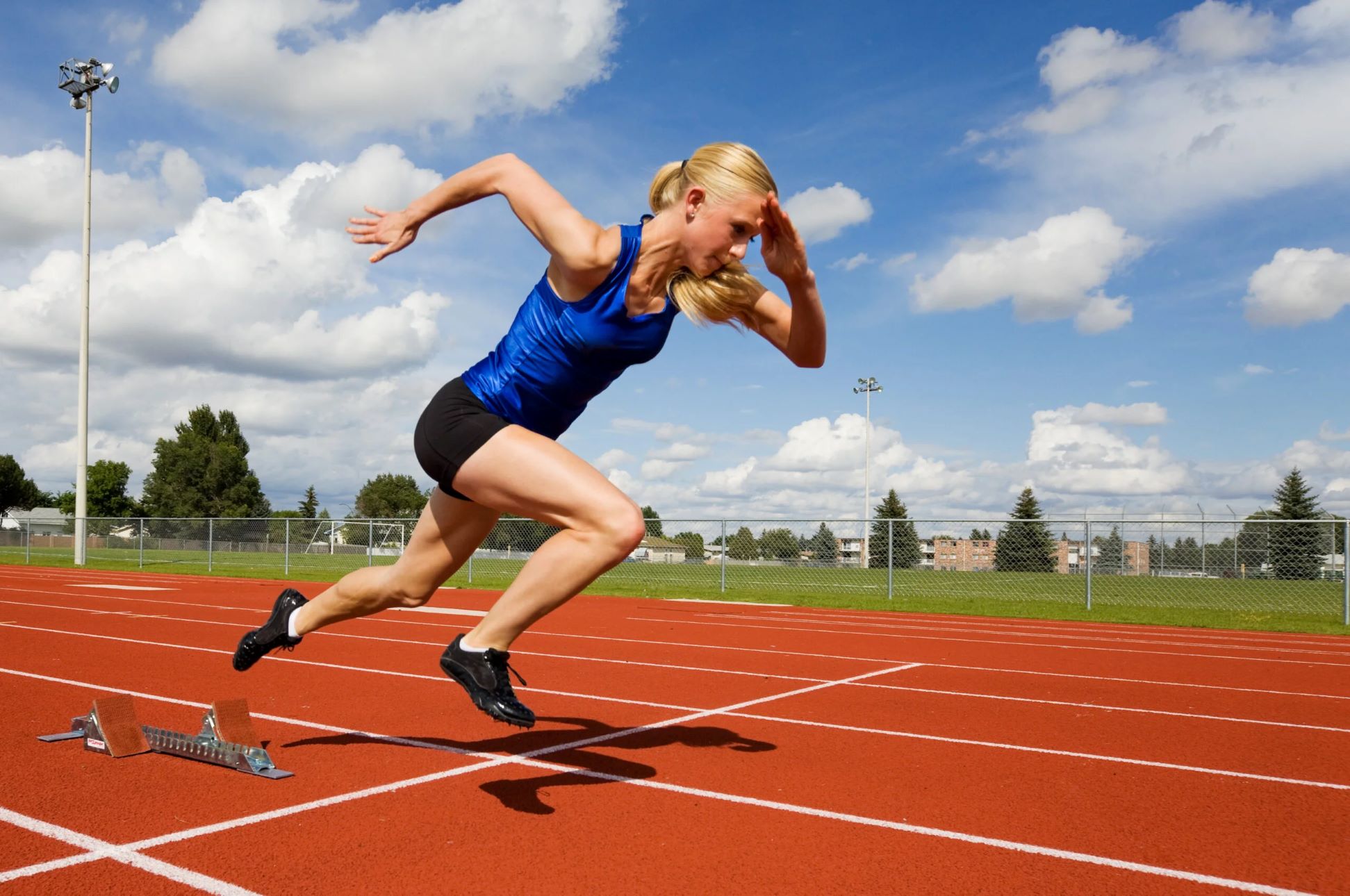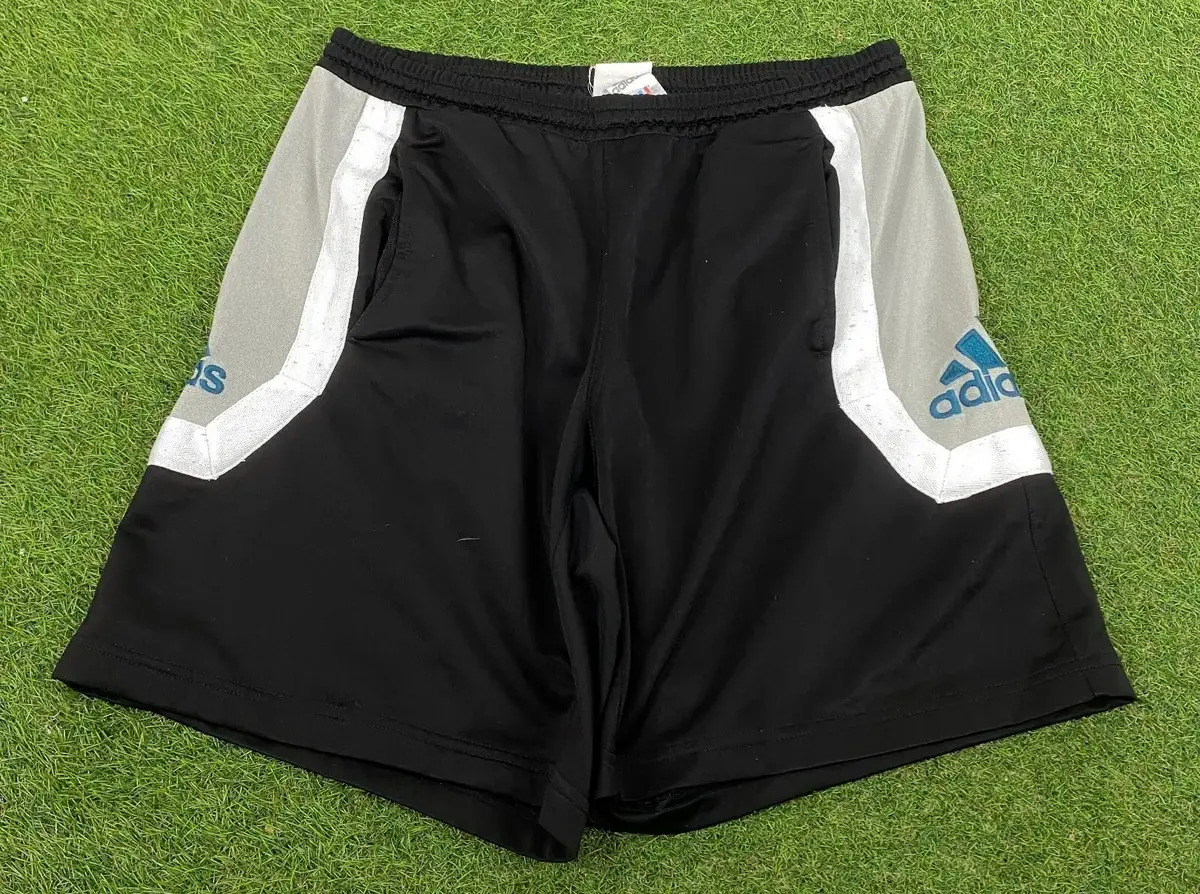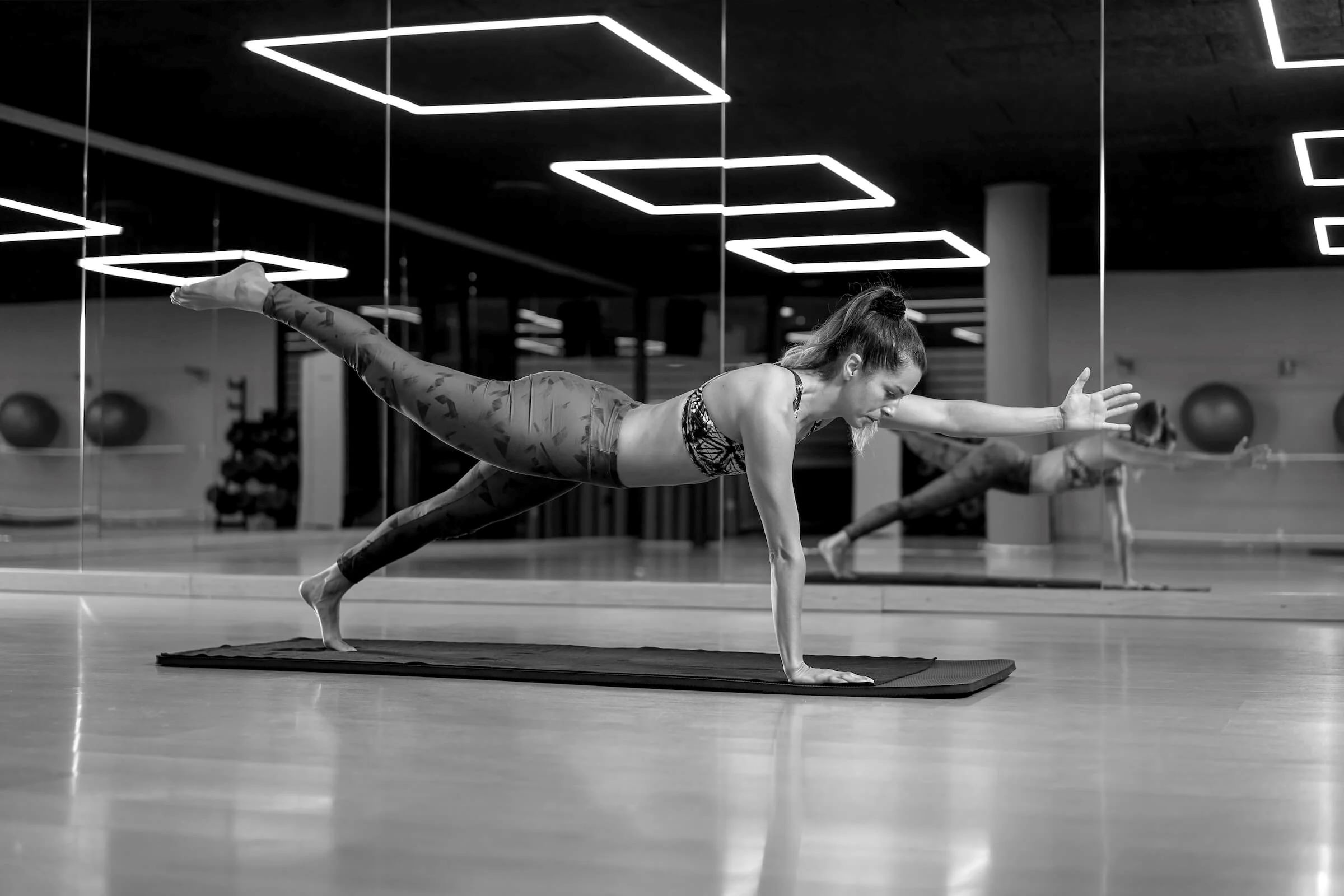Home>Misc>Featured>How Periods Affect Women’s Athletic Performance


Featured
How Periods Affect Women’s Athletic Performance
Modified: January 22, 2024
Discover how periods can impact the athletic performance of women. Read our featured article and learn more about the effects and ways to optimize performance.
Introduction
Women’s athletic performance is influenced by a variety of factors, both physiological and psychological. One significant factor that impacts women uniquely is their menstrual cycle. With fluctuations in hormone levels and menstrual symptoms, female athletes often experience challenges in maintaining their performance consistency throughout the month.
Understanding how menstrual cycles affect athletic performance is crucial for female athletes, coaches, and sports professionals. By recognizing these effects and implementing appropriate strategies, women can optimize their training and performance, ultimately enhancing their overall athletic achievements.
This article will delve into the different aspects of how periods affect women’s athletic performance. We will explore the changes that occur during a menstrual cycle, the impact of hormone fluctuations on physical and mental abilities, and practical strategies to manage athletic performance during menstruation.
Whether you are an aspiring athlete, a seasoned professional, or simply interested in supporting women in sports, gaining knowledge about the connection between menstruation and athletic performance is essential. Let’s dive into this fascinating topic and explore the intricacies of the female athlete’s journey.
What happens during a menstrual cycle
The menstrual cycle is a monthly physiological process that occurs in women of reproductive age. It involves the intricate interplay of hormones, the ovaries, and the uterus, preparing the body for potential pregnancy. Understanding the different phases of the menstrual cycle is crucial in comprehending how it affects athletic performance.
The menstrual cycle typically lasts between 28 to 32 days, though variations are common. It can be divided into four main phases: the follicular phase, ovulation, the luteal phase, and menstruation.
During the follicular phase, which lasts around 14 days, the pituitary gland releases follicle-stimulating hormone (FSH), signaling the ovaries to develop and release an egg. As the follicle matures, it releases estrogen, which thickens the uterine lining in preparation for implantation if pregnancy occurs.
Ovulation is the next phase, occurring around day 14 of the cycle. A surge in luteinizing hormone (LH) triggers the release of the mature egg from the ovary. This is the most fertile period of the cycle and when conception is most likely to occur.
Following ovulation, the body enters the luteal phase, which lasts for about 14 days. During this phase, the ruptured follicle forms the corpus luteum, which produces progesterone. Progesterone prepares the uterine lining for pregnancy and helps maintain its thickness.
If fertilization does not occur, the corpus luteum breaks down, leading to a decrease in estrogen and progesterone levels. This drop triggers the shedding of the uterine lining, resulting in menstruation.
Throughout the menstrual cycle, hormone levels fluctuate, leading to various physical and emotional changes. These hormonal shifts can impact athletic performance and should be considered when planning training and competition. Understanding these changes is crucial in developing effective strategies to optimize performance during each phase of the menstrual cycle.
Effects of hormonal changes on athletic performance
The hormonal changes that occur during the menstrual cycle can have a significant impact on women’s athletic performance. Estrogen and progesterone, the primary hormones involved in the menstrual cycle, influence various physiological and neurological processes that can affect sports performance.
Estrogen, which reaches its peak during the follicular phase, can enhance athletic performance in several ways. It plays a role in regulating muscle strength and power, improving joint stability, and enhancing oxygen utilization. This surge in estrogen can contribute to increased endurance and overall performance capabilities during this phase.
On the other hand, during the luteal phase, progesterone levels rise. Progesterone can have some adverse effects on athletic performance. It can lead to increased water retention, bloating, and reduced coordination, which may impact agility and fine motor skills. Additionally, progesterone can cause fatigue, which may affect energy levels and overall performance.
The combination of estrogen and progesterone fluctuations can also lead to changes in tendon and ligament flexibility. During the luteal phase, when progesterone is at its highest, ligaments and tendons may become slightly more lax, increasing the risk of injuries such as sprains and strains.
Beyond purely physical considerations, hormonal changes can also affect an athlete’s mental state and mood. Certain hormones, such as serotonin and dopamine, which regulate mood and motivation, fluctuate during the menstrual cycle. This variability can impact an athlete’s focus, mental resilience, and overall drive to perform. Understanding and managing these emotional changes are essential for optimizing athletic performance.
It’s important to recognize that these hormonal effects vary between individuals and can be influenced by a range of factors such as genetics, overall health, and training status. Additionally, each woman’s experience during the menstrual cycle may differ, with some experiencing mild or no symptoms, while others may have more pronounced effects on their performance.
Overall, hormonal changes during the menstrual cycle can have both positive and negative effects on athletic performance. Understanding these effects and considering them in training and competition planning can help female athletes manage their performance and achieve their full potential.
Impact of menstruation on physical and mental abilities
Menstruation, or the bleeding phase of the menstrual cycle, can have a significant impact on both physical and mental abilities of female athletes. The menstrual symptoms experienced during this phase, combined with the physiological changes in the body, can influence athletic performance in various ways.
One of the most common physical symptoms experienced during menstruation is menstrual cramps or dysmenorrhea. These cramps can range from mild to severe and can cause discomfort and pain. The severity of cramps varies among individuals, with some experiencing minimal disruption and others unable to perform at their usual capacity due to the pain. Pain relief measures, such as over-the-counter pain medications or heat therapy, can help manage cramps and minimize their impact on athletic performance.
Another physical aspect affected by menstruation is energy levels. Many women experience fatigue during their period due to the hormonal changes and the loss of blood. This fatigue can make it more challenging to perform at high intensity or maintain endurance during physical activities. Adequate rest, nutrition, and hydration become crucial during this time to replenish energy stores and support optimal performance.
Besides physical symptoms, menstruation can also affect an athlete’s mental abilities. Mood swings, irritability, and difficulty concentrating are common emotional experiences during this phase. These changes in mood and mental focus can impact motivation, decision-making, and overall mental resilience during training and competition. Implementing stress-management techniques such as mindfulness, meditation, and emotional support can help athletes navigate these challenges and maintain their mental well-being.
Furthermore, menstrual bleeding can also create concerns regarding hygiene and comfort during physical activities. Female athletes need to ensure proper menstrual product use and consider factors such as leakage, discomfort, and potential skin irritation caused by prolonged exposure to sweat and dampness. Finding the right menstrual product and adopting good hygiene practices can help athletes feel more confident and comfortable during menstruation.
It is important for female athletes to be aware of how menstruation can impact both their physical and mental abilities. By understanding these effects, athletes and their support teams can develop strategies to manage and mitigate the challenges associated with menstruation, allowing them to maintain their performance levels and overall well-being throughout the menstrual cycle.
Strategies for managing athletic performance during menstruation
Managing athletic performance during menstruation requires a proactive approach that takes into account the unique challenges and changes experienced by female athletes. By implementing the following strategies, women can effectively navigate their menstrual cycle and optimize their performance:
- Tracking the menstrual cycle: Keeping track of the menstrual cycle can help athletes anticipate and plan for changes in energy levels, mood, and physical symptoms. Various menstrual cycle tracking apps are available that can provide valuable insights into individual patterns and help identify optimal training and competition periods.
- Adjusting training intensity and volume: Recognizing that energy levels may be lower during menstruation, adjusting training intensity and volume accordingly is crucial. This can involve modifying workout routines, reducing high-intensity sessions, incorporating more recovery days, and emphasizing lighter activities such as stretching, yoga, or low-impact exercises.
- Optimizing nutrition and hydration: Consuming a well-balanced diet rich in nutrients is essential for supporting athletic performance during menstruation. Incorporating foods high in iron, such as lean meats, leafy greens, and legumes, can help combat iron deficiency anemia, which is common among women. Staying adequately hydrated is also crucial, especially during periods when water retention is more prevalent.
- Managing pain and discomfort: Employing pain relief measures can help alleviate menstrual cramps and minimize their impact on athletic performance. Over-the-counter pain medications, heat therapy, and gentle stretching exercises can provide relief and improve comfort during physical activities.
- Addressing mood and mental resilience: Engaging in stress-reducing activities such as mindfulness meditation, deep breathing exercises, and positive self-talk can help maintain mental focus and resilience during menstruation. Seeking emotional support from coaches, teammates, or mental health professionals can also be beneficial.
- Choosing the appropriate menstrual products: Exploring different menstrual products, such as tampons, menstrual cups, or period-proof underwear, can help athletes find the most comfortable and reliable option for physical activities. It is important to select products that provide the necessary protection and minimize the risk of leaks and discomfort.
- Practicing good hygiene: Maintaining proper hygiene during menstruation is crucial for both comfort and health. Regularly changing menstrual products, cleaning the genital area, and wearing breathable and moisture-wicking workout attire can help prevent skin irritation and minimize the risk of infections.
By incorporating these strategies and tailoring them to individual needs and preferences, female athletes can effectively manage their athletic performance during menstruation. It is essential to listen to the body, embrace self-care, and prioritize overall well-being while striving for athletic excellence.
Conclusion
Understanding the impact of menstruation on women’s athletic performance is crucial for female athletes, coaches, and sports professionals. The menstrual cycle brings about hormonal fluctuations and physical changes that can significantly influence an athlete’s abilities and overall performance.
During the different phases of the menstrual cycle, women may experience a range of symptoms, including hormonal changes, physical discomfort, and fluctuations in mood and energy levels. These factors can affect both the physical and mental aspects of athletic performance, such as strength, endurance, coordination, and focus.
However, with awareness and appropriate strategies, women can effectively manage their athletic performance during menstruation. Tracking the menstrual cycle, adjusting training intensity and volume, optimizing nutrition and hydration, managing pain and discomfort, addressing mood and mental resilience, choosing the right menstrual products, and practicing good hygiene are all essential aspects to consider.
By implementing these strategies and tailoring them to individual needs, female athletes can effectively navigate their menstrual cycles and optimize their performance. It is important to embrace self-care, listen to the body, and seek support from coaches, teammates, and medical professionals when needed.
Women’s athletic performance should not be hindered or limited by menstruation. With knowledge and proper management, female athletes can embrace their menstrual cycles as a natural part of their journey and continue to excel in their sports.
Let’s create an inclusive and supportive environment where female athletes feel empowered to perform at their best, regardless of the phase of their menstrual cycle. By understanding and respecting the unique challenges and capabilities of female athletes, we can ensure that women achieve their full athletic potential and inspire future generations of athletes.







